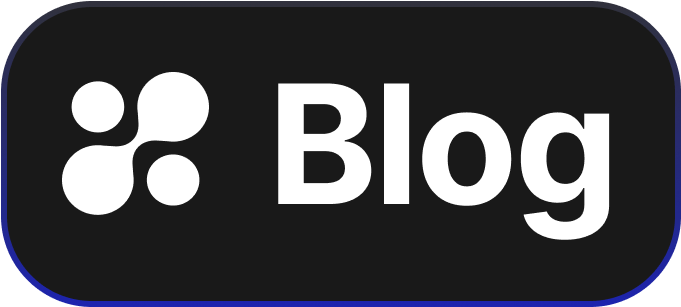Securing Credentials with Credential Vaulting Under PCI DSS Compliance
Security in the digital age is a high priority, especially when it comes to protecting sensitive information like credit card data. Credential vaulting is a reliable way to strengthen this protection while meeting PCI DSS (Payment Card Industry Data Security Standards) requirements. This post will break down what credential vaulting is, why it’s vital for security, and how managers can leverage it with tools like Hoop.dev to enhance their organization’s compliance efforts.
Understanding Credential Vaulting
Credential vaulting refers to the practice of securely storing sensitive authentication credentials, such as passwords or API keys, in a dedicated and secure environment. This ensures that credentials are not readily accessible or exposed to potential data breaches.
Who Needs It?
Technology managers in charge of IT security, particularly those overseeing payment security protocols, need credential vaulting to ensure sensitive information is shielded against unauthorized access.
What Are the Benefits?
By using credential vaulting, organizations not only enhance their security measures but also align their practices with PCI DSS standards, ensuring a more robust framework for protecting customer data. This solid foundation minimizes the risk of data breaches, builds customer trust, and maintains regulatory compliance.
PCI DSS: The Security Standard
PCI DSS is a set of security standards designed to ensure that all companies that accept, process, store, or transmit credit card information maintain a secure environment. Compliance with these standards is vital for any business handling card payments.
Key Requirements Fulfilled by Credential Vaulting
- Protect Stored Cardholder Data: Credential vaulting helps avoid the storage of cardholder information in less secure locations within the company’s systems.
- Restrict Access: Only authorized individuals can access sensitive data through well-defined authentication principles supported by vaulting.
- Track and Monitor Access: Ensures that all access to network resources and cardholder data is logged and reported, aligning with auditing and accountability standards.
The Role of Credential Vaulting
Credential vaulting plays a pivotal role in achieving compliance by centralizing and securing credentials away from application code—minimizing potential exposure.
Why Does It Matter?
Storing credentials in insecure environments can lead to vulnerabilities. Credential vaulting centralizes this data, ensuring only a secure, limited-access environment holds your sensitive information. This approach not only prevents internal and external threats but also simplifies the process of managing and updating credentials, thereby reducing administrative overheads.
How to Implement Credential Vaulting
Implementing credential vaulting can begin with leveraging modern tools that streamline the process while ensuring tight security.
Steps to Get Started:
- Evaluate Needs: Identify what credentials need vaulting. Be sure to include all sensitive data associated with payment systems.
- Select a Vault Solution: Choose a vaulting solution like Hoop.dev that integrates seamlessly with your existing infrastructure.
- Migrate Credentials: Transfer existing credentials to the chosen vault solution, ensuring they are removed from less secure storage locations.
- Manage Access and Auditing: Set up role-based access controls and regular audits to ensure ongoing security and compliance.
See It Live with Hoop.dev
With Hoop.dev, technology managers can easily implement credential vaulting solutions that fit their unique needs. It's built to enable quick integration, allowing managers to see live results in just minutes. It simplifies the path to PCI DSS compliance by offering robust security measures right out of the box.
By leveraging Hoop.dev, you take a proactive stance in protecting sensitive information and securing customer confidence in your payment systems. Don’t wait—explore how Hoop.dev can help your organization securely manage credentials and achieve comprehensive compliance today.
